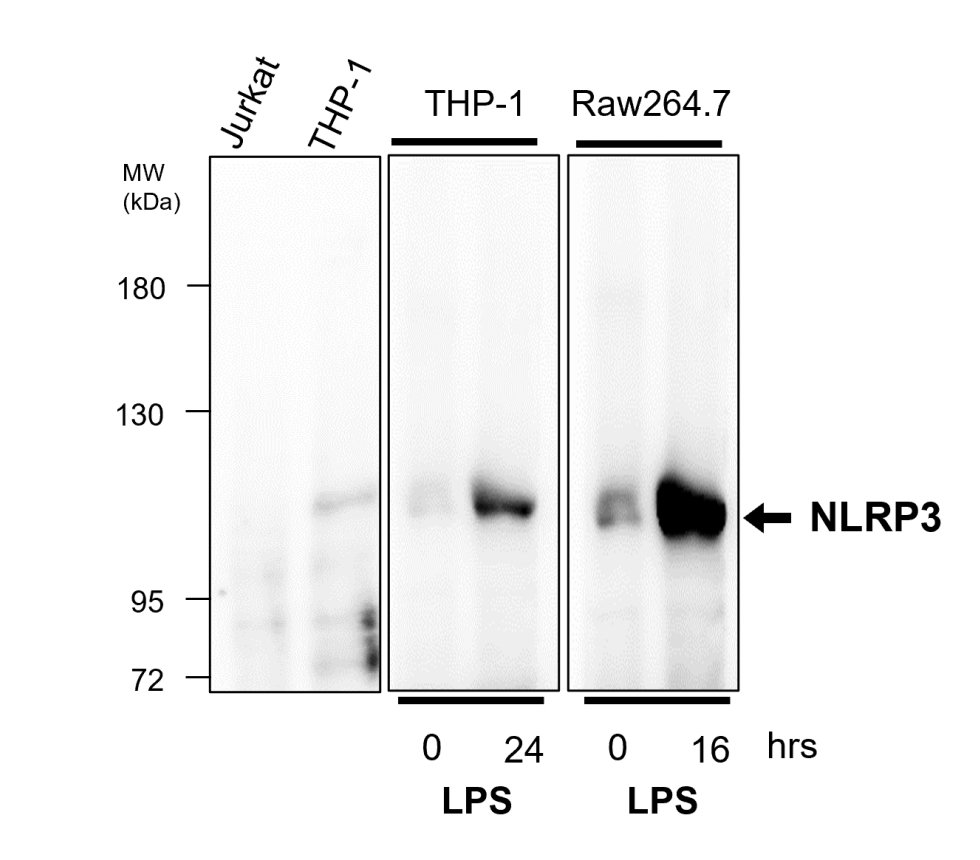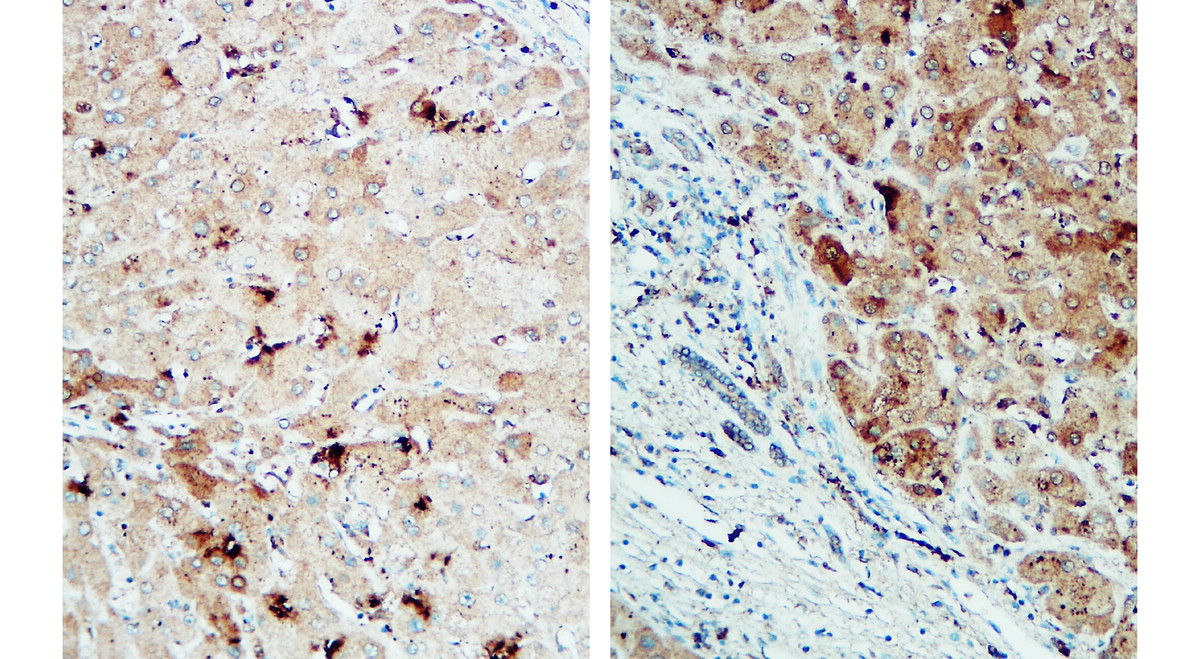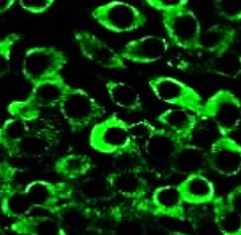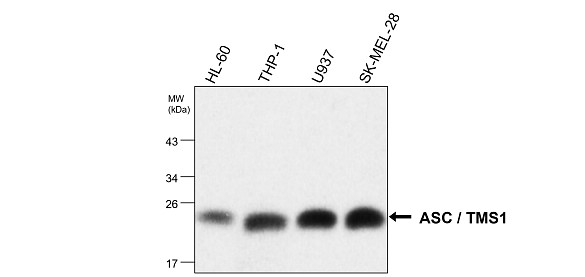


Product Includes
Application Dilution
Immunofluorescence 1:200–1:300
Immunohistochemistry (Paraffin) 1:100 – 1:200
Storage
100mM Tris Glycine, 20% Glycerol (pH7). 0.025% ProClin 300 was added as a preservative
Specificity / Sensitivity
Source / Immunogen
This gene encodes a pyrin-like protein containing a pyrin domain, a nucleotide-binding site (NBS) domain, and a leucine-rich repeat (LRR) motif. This protein interacts with the apoptosis-associated speck-like protein PYCARD/ASC, which contains a caspase recruitment domain, and is a member of the NLRP3 inflammasome complex. This complex functions as an upstream activator of NF-kappaB signaling, and it plays a role in the regulation of inflammation, the immune response, and apoptosis. The SARS-CoV 3a protein, a transmembrane pore-forming viroporin, has been shown to activate the NLRP3 inflammasome via the formation of ion channels in macrophages. Mutations in this gene are associated with familial cold autoinflammatory syndrome (FCAS), Muckle-Wells syndrome (MWS), chronic infantile neurological cutaneous and articular (CINCA) syndrome, neonatal-onset multisystem inflammatory disease (NOMID), keratoendotheliitis fugax hereditarian, and deafness, autosomal dominant 34, with or without inflammation. Multiple alternatively spliced transcript variants encoding distinct isoforms have been identified for this gene. Alternative 5' UTR structures are suggested by available data; however, insufficient evidence is available to determine if all of the represented 5' UTR splice patterns are biologically valid. [provided by RefSeq, Aug 2020]



